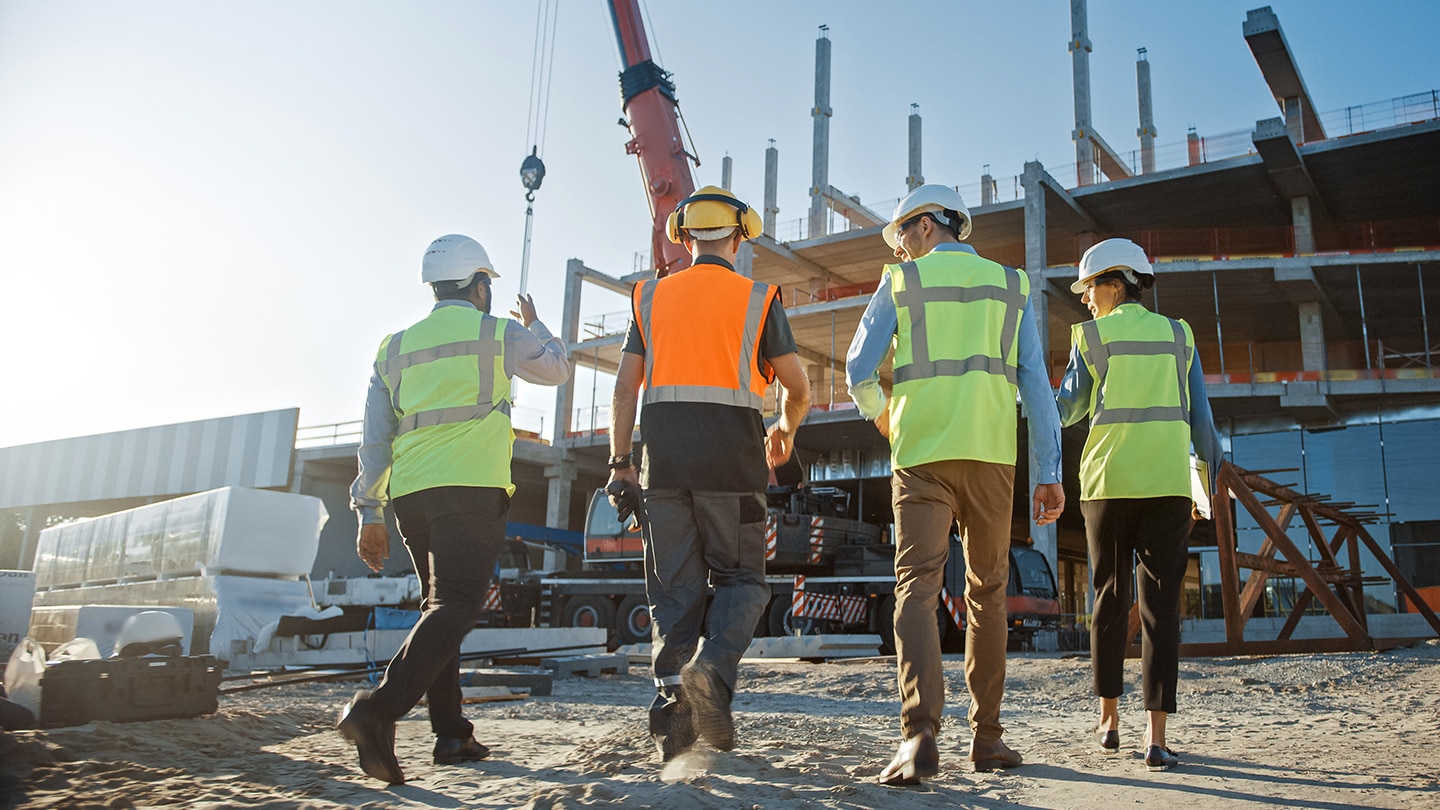
Are your organization’s property values up to date with current pricing models? While a minority of businesses “have done a great job keeping their valuations up to pace,” according to Gregg Cunningham, executive vice president of Property & Marine at Liberty Mutual Insurance, “on average, 75 percent of our commercial insureds are under-valued.” If property valuation is not calculated regularly, your organization’s property could be improperly insured, meaning that your coverage may be less than sufficient in the case of damage or disaster.
Maintaining an accurate valuation of property helps companies avoid gaps in coverage and financial hardship. In this article, we’ll explore the reasons for shifting property valuations — and the benefits of regular, accurate property valuation.
Construction woes impact property valuation
Historically, materials and labor costs tend to rise slowly over time, which plays a role in property valuation. But while construction costs increased an average of 3 percent per year over the last decade, the turbulent events of 2020 and 2021 — including COVID-19, inflation, supply chain issues, and labor shortages — led to rapid increases in costs. As a result, a building valued at $1 million five years ago could easily cost 20 percent more to replace today.
From December 2021 to December 2022, the cost of the following products skyrocketed1:
- Steel mill products: -28.3 percent
- Fabricated structural metal products: +11.4 percent
- Concrete products: +15.2 percent
- Precast concrete: +13.1 percent
- Plastic pipes: +8.3 percent
- Roofing materials: +13.4 percent
- Glass: +5.3 percent
In addition to the increase in building costs, contractors are having trouble finding skilled workers. According to the U.S. Chamber of Commerce, 92 percent of contractors report moderate to high levels of difficulty finding qualified workers, and 42 percent of contractors who cannot find workers have turned down work due to skilled labor shortages. The scarcity of workers and, thus, contractors has also driven up construction prices, making it more expensive to rebuild a property that has been damaged.
Supply chain issues, which cause inventory problems and delays for equipment purchase and repairs, also drive up construction costs. Items coming from overseas are sometimes delayed, and the cost of repairing or replacing items with new materials of similar kind and value without reduction due to depreciation (replacement cost) must also be considered.
Other factors also influence property valuation
Beyond construction costs, there are other factors that also influence property valuation. For instance, the increased frequency and severity of weather activity can magnify the risk of loss. Over the last several years, hurricanes have retained higher wind speeds further inland, and severe storms such as tornadoes are occurring more frequently in areas where they have not historically been as common. After such events, obtaining the right supplies for rebuilding can also be challenging.
Business interruption — due to severe weather, pandemics, or other disruptions — must also be factored in. Working with your agent, broker, or underwriter to complete a business interruption worksheet will help determine proper coverage in case your business cannot operate for a certain period.
Understanding replacement cost valuation
If a claim occurs and the current property value, which includes all the factors mentioned above, isn’t captured in your insurance policy, your business might struggle to recover and resume operation quickly. Using “replacement cost” valuation is a crucial way to keep your property from being underinsured—but many property owners don’t understand what it entails.
Replacement cost valuation, which underwriters use for insurance purposes, differs from “acquisition value” or “market value,” which is the amount a buyer would pay to purchase a given property. It’s also not the same as actual cash value, which is the depreciated value of the property. Insurers base value on replacement cost — the real-time expense to repair or replace a building with new materials of like kind and quality, without any deduction for depreciation. Replacement cost valuation results in the most accurate determination with the least amount of risk.
“With inflation, supply chain issues, and labor cost going up, valuations are being highlighted more,” says Ed Mazman, executive vice president of Property at Ironshore Insurance. “It is important to be able to recoup what was lost on a replacement cost basis.”
To mitigate risk, schedule regular property valuation reviews
The longer the time between valuation adjustments, the greater the difference between the replacement cost of your property and the existing valuation. And while it’s always been important to check property values for accuracy, the recent market turbulence and shift in costs calls for even more frequent review. Working with your insurance provider to set a regular schedule for your commercial property valuation is one of the most powerful ways to protect your business from loss in the event of a facilities issue or disaster.
“At the time of a loss—on our customer’s worst day—we want them to have the proper insurance,” says Daniel Ehrhardt, senior VP of U.S. Retail Property Manager at Ironshore Insurance. “And so we really work with our clients to get the proper valuation. Having an accurate valuation is good for both parties.”
Learn more about how Liberty Mutual supports risk managers and commercial property owners.
1. U.S. Bureau of Labor Statistics, PPI Detailed Report, data for December 2022
Featured insights
This website is general in nature, and is provided as a courtesy to you. Information is accurate to the best of Liberty Mutual’s knowledge, but companies and individuals should not rely on it to prevent and mitigate all risks as an explanation of coverage or benefits under an insurance policy. Consult your professional advisor regarding your particular facts and circumstance. By citing external authorities or linking to other websites, Liberty Mutual is not endorsing them.



